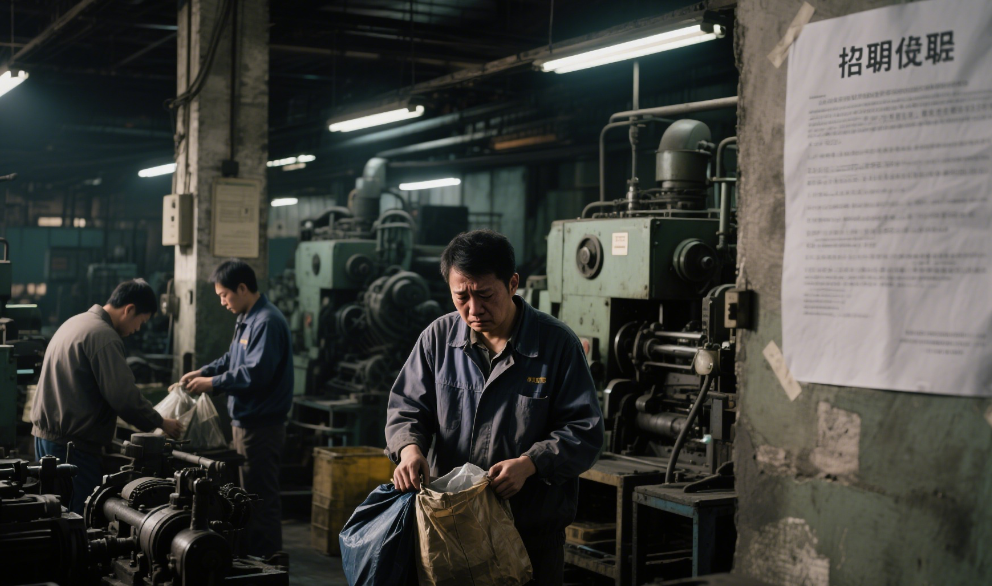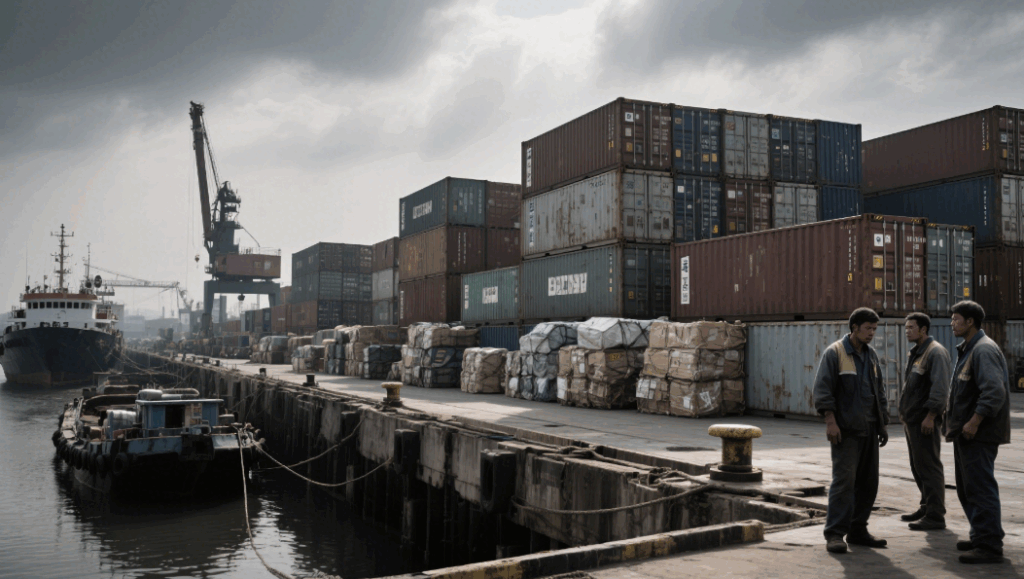The Impacts of the Tariff War on China: A Multidimensional Analysis
The U.S.-China tariff war, which intensified from 2018 onward, has profoundly reshaped China’s economic landscape, technological trajectory, and global engagement. This conflict, rooted in trade imbalances and geopolitical competition, forced China to recalibrate its growth model, accelerate innovation, and navigate shifting international alliances. Below is a structured analysis of its multifaceted impacts:

1. Economic Restructuring and Industrial Shifts
- Export Sector Vulnerability: U.S. tariffs targeting $360 billion worth of Chinese goods disrupted export-dependent industries like electronics, textiles, and machinery. For instance, Chinese exports to the U.S. fell by 18% in 2019, prompting firms to relocate production to Southeast Asia and Mexico.
- Supply Chain Diversification: Companies such as Apple and Foxconn reduced reliance on China by shifting 15–20% of manufacturing to Vietnam and India. However, this exodus also spurred domestic automation, with China’s robotics adoption in factories rising by 40% between 2018 and 2022.
- Domestic Consumption Boost: Beijing’s “dual circulation” strategy prioritized domestic demand, driving consumption’s contribution to GDP from 54.3% (2018) to 59.5% (2023). Yet, this shift relied heavily on credit-fueled spending, raising debt concerns.

2. Technological Autonomy and Innovation Acceleration
- Semiconductor Breakthroughs: U.S. sanctions on Huawei and restrictions on chip exports accelerated China’s semiconductor self-reliance. By 2023, domestic firms like SMIC achieved 7nm chip production, though advanced nodes (3nm) remain out of reach.
- R&D Investment Surge: State-backed initiatives, such as the “Made in China 2025” plan, boosted R&D spending to 2.5% of GDP (2022), focusing on AI, quantum computing, and clean energy. However, patent quality and commercialization lagged behind Western peers.
- Academic-Industry Collaboration: Joint ventures like the Shanghai National Laboratory for Advanced Photonic Networks exemplify state-driven innovation ecosystems, though intellectual property disputes persist.

3. Global Trade Dynamics and Geopolitical Maneuvering
- Regional Trade Partnerships: China deepened ties with the EU (€856 billion trade volume in 2023) and ASEAN, leveraging Regional Comprehensive Economic Partnership (RCEP) deals. It also sought CPTPP membership to offset U.S. isolation.
- WTO Reform Challenges: While advocating multilateralism, China clashed with the U.S. over subsidy rules and digital trade norms, highlighting its struggle to balance reform with state-led capitalism.

4. Social and Labor Market Implications
- Job Market Polarization: Declining low-end manufacturing jobs were partially offset by green energy sectors, which added 5 million roles by 2023. Yet, youth unemployment hit 21% in 2022, exacerbating skill mismatches.
- Income Inequality: Coastal vs. inland wage gaps widened, with tech hubs like Shenzhen seeing 8% annual salary growth versus 3% in rural areas.
- Social Safety Net Expansion: Universal pension coverage and healthcare reforms alleviated poverty, but aging demographics (282 million over 60 by 2035) strain fiscal resources.
5. Long-Term Strategic Realignment
- Digital Sovereignty Push: The digital yuan pilot and data localization laws position China as a rule-maker in fintech and cybersecurity, though tensions with the EU’s Digital Markets Act persist.
- Geopolitical Equilibrium: While hedging against decoupling, China seeks “cooperative competition” with the U.S., exemplified by climate agreements and tech dialogue frameworks.
Conclusion
The tariff war has acted as both a disruptor and a catalyst for China. While short-term costs included trade deficits and job losses, long-term gains lie in technological resilience, diversified trade networks, and a more consumption-driven economy. However, challenges remain: reducing reliance on foreign tech, addressing inequality, and navigating U.S.-led alliances will define China’s next phase of development. The outcome hinges on its ability to balance innovation, equity, and global cooperation in an increasingly fragmented world.